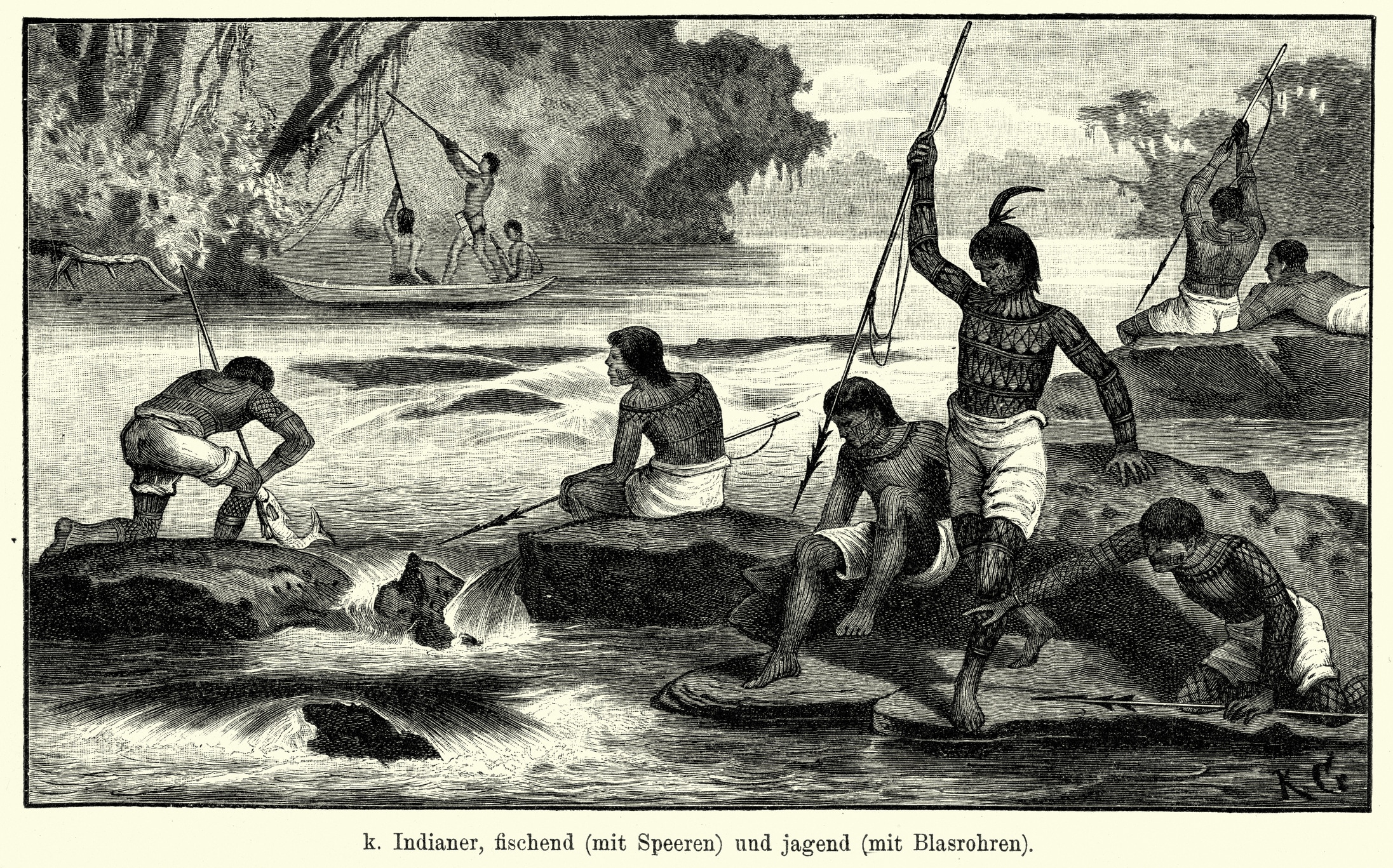Found in many different cultures around the world, the earliest evidence of tattoos dates back thousands of years.
Tattoos have become one of the preferred ways of expression in recent years. However, their story is far from over.
Tattoos are undoubtedly an art form. They are the introduction of pigment under the skin, which remains there forever.
Found in many different cultures around the world, the earliest evidence of tattoos dates back thousands of years. From an early age, the shapes and meanings of tattoos have impressed people and brought some meaning to them. Nowadays, however, the affinity for this type of body painting has reached its peak.
Is this an exception?
In The Origin of Man (1871), Charles Darwin wrote that there was no country in the world that did not practice tattooing or some other form of permanent body decoration. This can be easily refuted by analyzing mortal remains in different parts of the world.
Places where there is a regular practice of tattooing on ancient human remains include Alaska, Mongolia, Greenland, Egypt, China and the Philippines. Other early examples of tattoos can be traced back to the Middle Kingdom period in ancient Egypt. Several discovered mummies with tattoos date from 2160-1994 BC.
In the early Greek and Roman eras, tattooing was associated with barbarians. The Greeks learned to make tattoos from the Persians and used them to mark slaves and criminals. This was a way to identify them if they tried to escape. The Romans adopted this practice from the Greeks.
Tattoos in Japan
Traditionally, tattoos in Japan began to be used as a means of expressing social status, as well as spiritual symbols of protection and devotion. Over time, however, tattoos became a form of punishment for prisoners and the stigma grew. After World War II, tattoos were banned by the Emperor of Japan in an attempt to improve the country’s image in the West. Although tattoos are no longer banned, there is still strong denial against them.
Tribal tattoos
Many local tribes around the world have had characteristic traditional tattoos over the centuries. These tattooing traditions began long before European settlers arrived there. The clearest example is the Indians.
Tattoos in Samoa
Tattooing has been part of Samoan’s cultural tradition for thousands of years. And it is even believed that the word “tattoo” comes from the Samoan word tatau. The techniques and tools used for this traditional practice have hardly changed, and the skills are passed from father to son. Tattoo ceremonies are usually held to commemorate the rise of a younger leader to a leadership role in the community.













 English
English French
French Spanish
Spanish German
German Dutch
Dutch Italian
Italian Danish
Danish Portuguese
Portuguese Greek
Greek Russian
Russian Swedish
Swedish Bulgarian
Bulgarian Hungarian
Hungarian Catalan
Catalan Ukrainian
Ukrainian Polish
Polish Basque
Basque Chinese (Simplified)
Chinese (Simplified) Japanese
Japanese Hebrew
Hebrew Arabic
Arabic Swahili
Swahili Amharic
Amharic Irish
Irish Afrikaans
Afrikaans Albanian
Albanian Armenian
Armenian Azerbaijani
Azerbaijani Belarusian
Belarusian Bengali
Bengali Bosnian
Bosnian Cebuano
Cebuano Chichewa
Chichewa Chinese (Traditional)
Chinese (Traditional) Corsican
Corsican Croatian
Croatian Czech
Czech Esperanto
Esperanto Estonian
Estonian Filipino
Filipino Finnish
Finnish Frisian
Frisian Galician
Galician Georgian
Georgian Gujarati
Gujarati Haitian Creole
Haitian Creole Hausa
Hausa Hawaiian
Hawaiian Hindi
Hindi Hmong
Hmong Icelandic
Icelandic Igbo
Igbo Indonesian
Indonesian Javanese
Javanese Kannada
Kannada Kazakh
Kazakh Khmer
Khmer Korean
Korean Kurdish (Kurmanji)
Kurdish (Kurmanji) Kyrgyz
Kyrgyz Lao
Lao Latin
Latin Latvian
Latvian Lithuanian
Lithuanian Luxembourgish
Luxembourgish Macedonian
Macedonian Malagasy
Malagasy Malay
Malay Malayalam
Malayalam Maltese
Maltese Maori
Maori Marathi
Marathi Mongolian
Mongolian Myanmar (Burmese)
Myanmar (Burmese) Nepali
Nepali Norwegian
Norwegian Pashto
Pashto Persian
Persian Punjabi
Punjabi Romanian
Romanian Samoan
Samoan Scottish Gaelic
Scottish Gaelic Serbian
Serbian Sesotho
Sesotho Shona
Shona Sindhi
Sindhi Sinhala
Sinhala Slovak
Slovak Slovenian
Slovenian Somali
Somali Sundanese
Sundanese Tajik
Tajik Tamil
Tamil Telugu
Telugu Thai
Thai Turkish
Turkish Urdu
Urdu Uzbek
Uzbek Vietnamese
Vietnamese Welsh
Welsh Xhosa
Xhosa Yiddish
Yiddish Yoruba
Yoruba Zulu
Zulu